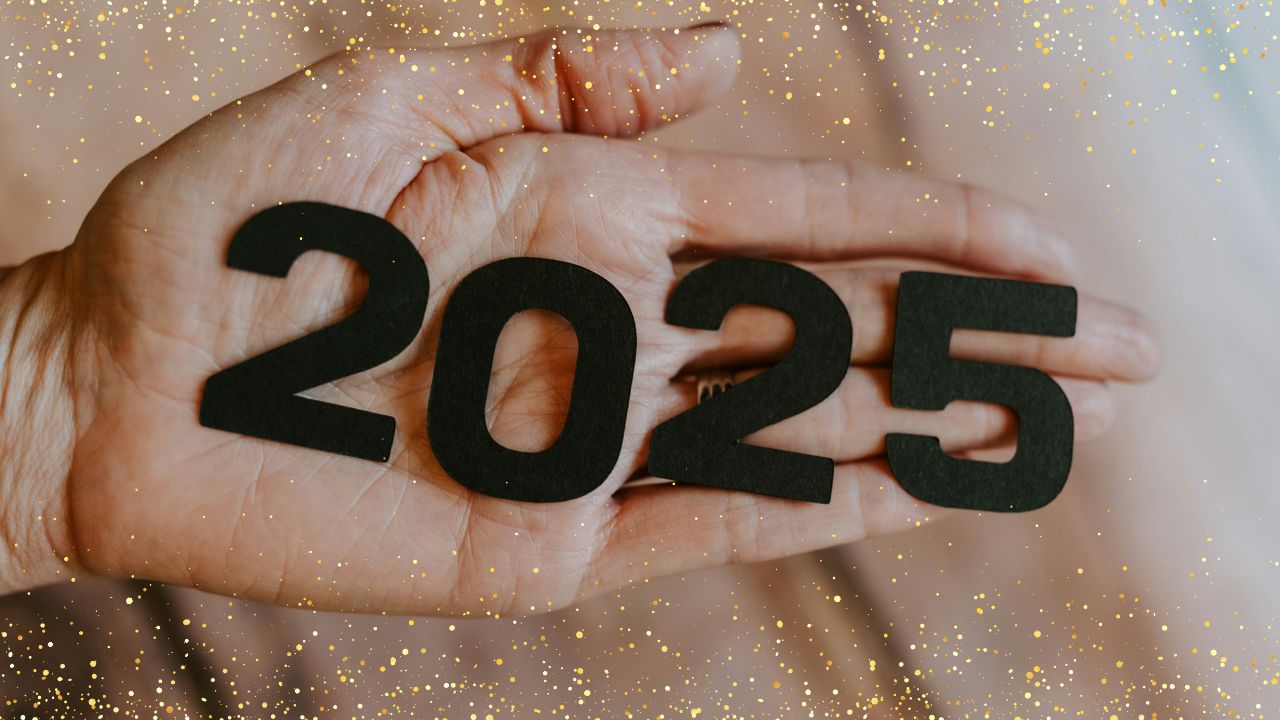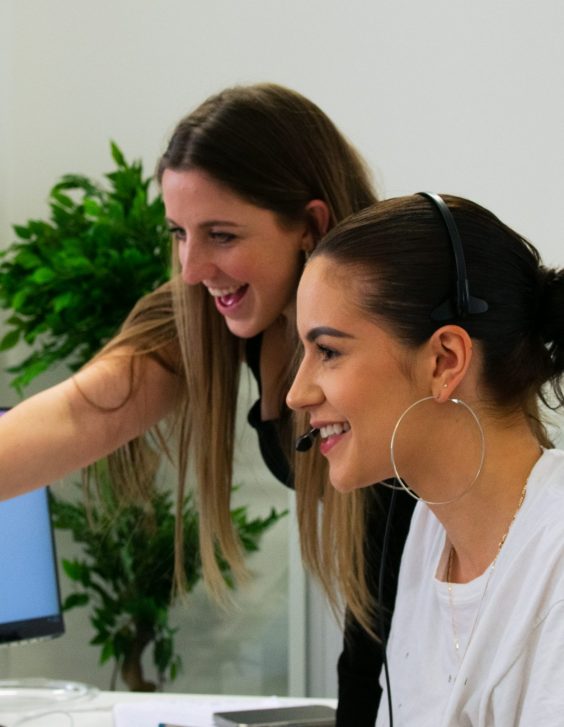Get Ready To Make an Impact Through Broadcast PR in 2025
Are you ready to make the most of broadcast PR opportunities and build multi-channel, integrated campaigns in 2025?

Broadcast coverage was described as “the pinnacle” of media coverage, the most trusted media source, and a way to truly deliver the “hearts and minds” of a brand’s target audience in our expert panel discussion of the Broadcast Revolution’s Trends report, but yet our research has revealed that only 41% of PRs have a broadcast strategy.
Combined with the huge increase in demand for journalists and PRs to deliver digital content (such as podcasts and video) across multiple platforms, PRs have a unique opportunity to spearhead a broadcast-first approach to deliver multi-channel campaigns.
So what groundwork do brands and PR professionals need to lay to maximise on opportunities over the coming year? Charlotte McCarthy explains more.
What should brands consider in their 2025 planning?
Broadcast first:
Broadcast PR shouldn’t be an afterthought in campaigns or a ‘bolt-on’ once major decisions have been made. If it is, PRs are far less likely to achieve the results they want and recognise every opportunity available to them – limiting both potential creativity and, ultimately, coverage.
Instead, it can be helpful to “plan backwards”. Consider your goals. If you like many of those surveyed in our broadcast report believe that broadcast is one of the most trusted mediums, then plan which station will be the pinnacle of the coverage you want to achieve and design your campaign with the requirements of that broadcaster in mind.
Understanding the priorities of broadcasters is key to this. A campaign that is ideal for print may not necessarily translate to TV and radio. We typically see that broadcasters need a real human element whether that be relevant spokespeople, case studies or visuals that bring the story to life. Drawing in broadcast expertise early on and strategising for every platform will allow you to achieve all of your aims.
Linking campaigns with overall goals:
What are the specific ambitions of your campaign? To achieve meaningful results, aligning your strategy with your business objectives will help you define what success looks like and make a measurable impact. Drilling down into what you want from a campaign – from building brand fame, to selling a new product, to raising awareness of a key issue for your industry – will mean you will avoid nebulous goals and will be able to strategise more effectively.
Strategic planning:
Getting ahead of the game and being prepared not only allows for smooth execution, it allows PRs to interrogate important questions and strengthen their campaigns. Two key considerations are:
Why Today: Timing is critical in building integrated broadcast PR campaigns. A key question to ask yourself when planning a campaign launch is “why today?”, aligning your campaign with news cycles where relevant. Build flexibility into your campaign so you can be nimble in the face of a dominating breaking news event.
Who’s an Authentic Voice: Broadcasters favour spokespeople with an authentic link to the story being told. Think carefully about what voice will be the best fit for the campaign. Doing this early on will ensure your own brand spokepeople are fully media trained, and/or you have booked into the diaries of talent managers well in advance.
Thinking multi-channel:
Some findings which should give PRs food for thought in our 2025 Broadcast Trends report were:
- While TV is still the most popular form of daily media consumption, audiences seek news and entertainment across several sources in large numbers.
- A whopping 98% of journalists now create content to reach online audiences, while 7 in 10 PRs report pressure to create campaigns across several platforms.
In 2025, taking a layered approach to your campaigns to meet your audiences where they consume their news and content will be more vital than ever, and will reflect the needs of broadcasters who are doing exactly the same. This means preparing strategically to meet several targets – from broadcast success to creating a bank of “stop the scroll” content for your owned channels.
Embracing diversity:
Our research highlighted that nearly three-quarters of broadcast journalists struggle to get diverse guests, and one in three members of the public do not feel they are represented onscreen.
With broadcasters seeking diverse voices in order to reflect modern audiences, providing a more diverse range of spokespeople is not only crucial in an ethical sense, it actually represents a strategic advantage.
Whether you are recruiting external talent or preparing spokespeople from within your own organisation, getting ready to highlight diverse perspectives from a variety of backgrounds and underrepresented groups is important.
Don’t miss the visuals:
Visuals are becoming increasingly important across all platforms. Even radio shows often livestream video and snip up video clips for their social media channels, which means that spokespeople have to be prepared to appear on-screen.
What’s more, as explored earlier, capturing content for your own social channels requires a visual strategy – whether that’s booking extra time with talent to film brand content, capturing behind-the-scenes photographs or creating carousel versions of news stories.
Finally, preparing in advance with assets such as B-Roll can help broadcasters bring a story together. Developing compelling, visually rich narratives that can be repurposed across TV, radio, and online channels all serve to increase your chances of coverage and the ultimate success of a campaign.
===
As PRs gear up for 2025, the key to success lies in strategic planning, authentic storytelling, and adapting to evolving media landscapes. If you would like more help getting ready for the coming year, join a Broadcast Ready workshop by emailing Charlotte at charlotte@broadcastrevolution.co.uk.





